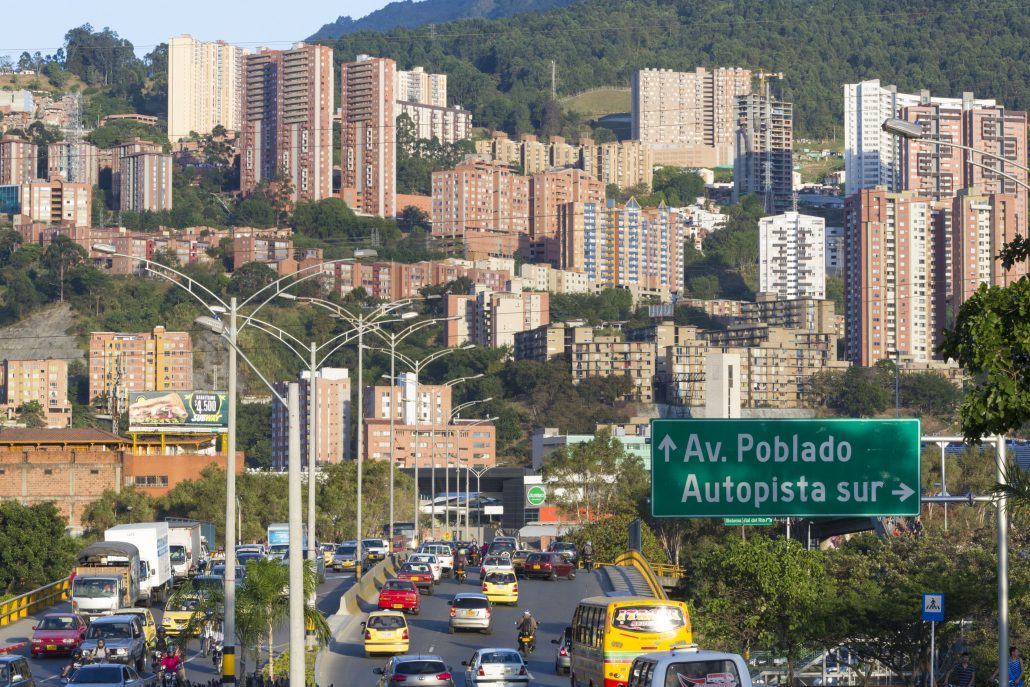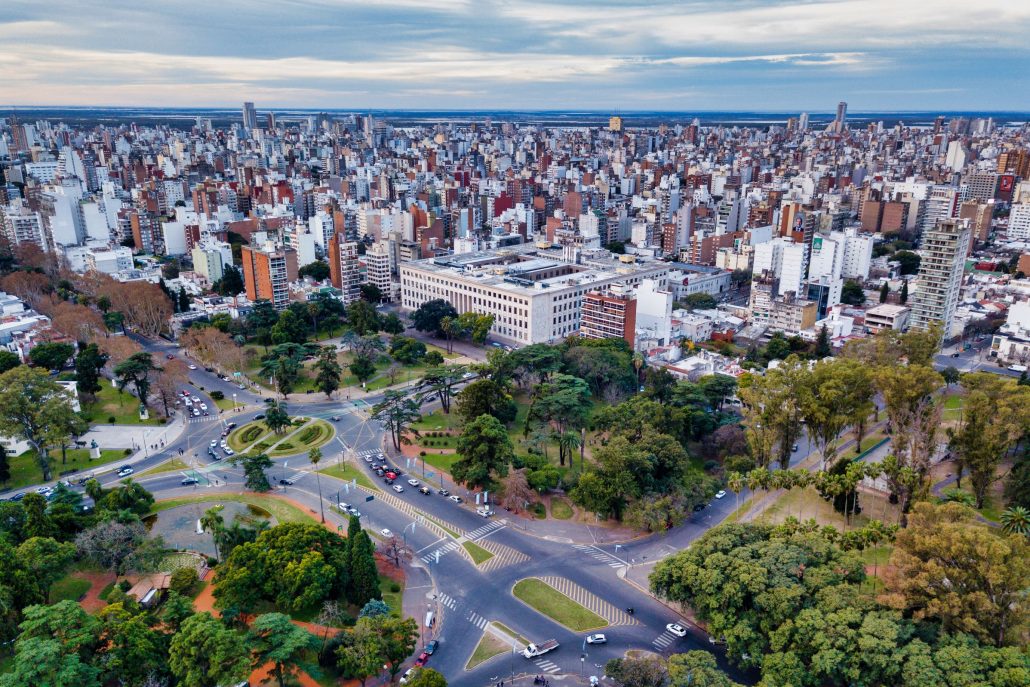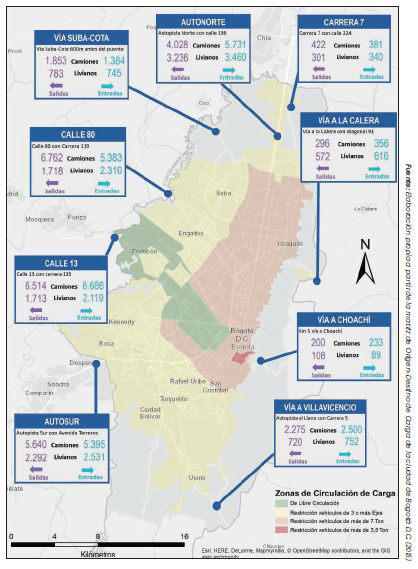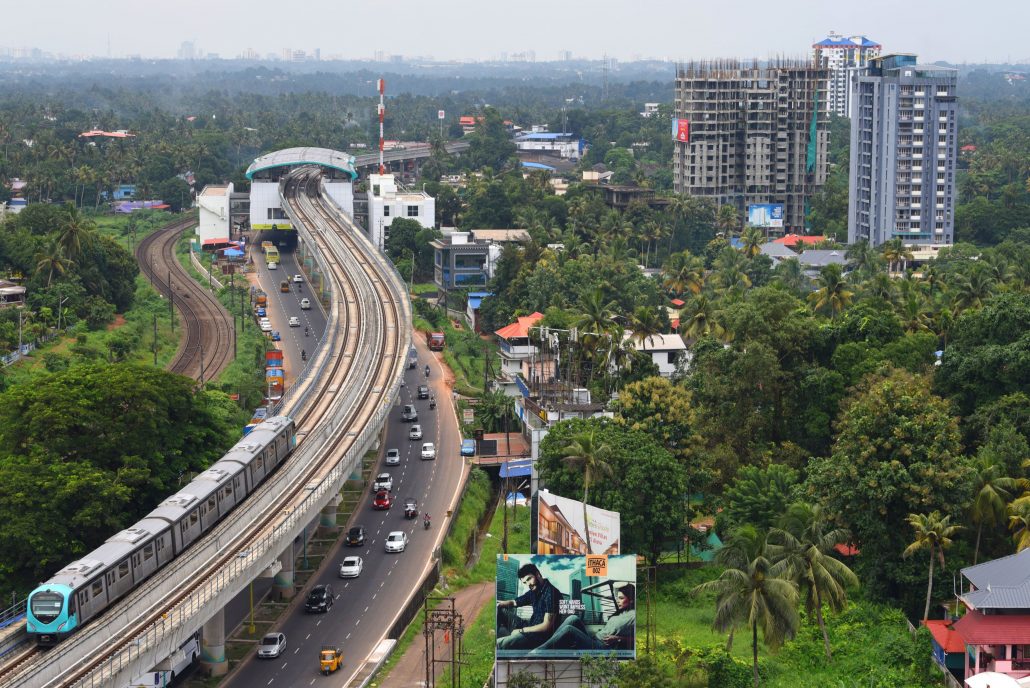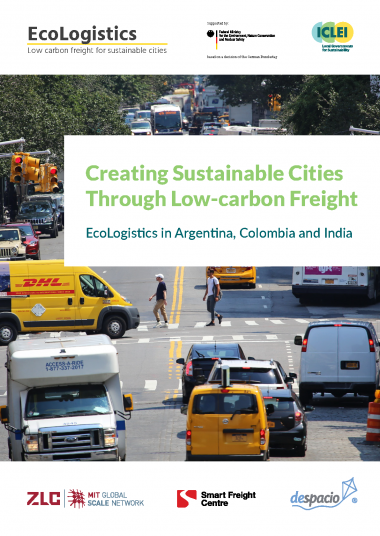This blog was written by Yiqian Zhang, Sustainable Mobility Officer, ICLEI World Secretariat, and edited by Everica Rivera, Communications Officer, ICLEI World Secretariat
Creating liveable cities through low-carbon freight: EcoLogistics in Argentina, Colombia and India
Freight transport and emissions are increasing rapidly and, until now, cities were not equipped to handle the associated challenges. Only about 21 percent of the Nationally Determined Contributions (NDCs) highlighting transport refers to freight transport. Nonetheless, general understanding and awareness on sustainable freight have grown exponentially in recent years.
As governments set ambitious targets to decarbonize transport, it is critical that they use data to evaluate and make science-based decisions. However, there exists a range of common urban freight data issues.
Calculating emissions is the first step. Through the EcoLogistics project, nine cities have used the ICLEI EcoLogistics Self-monitoring Tool to compile and evaluate the data on the urban freight activities taking place in their jurisdictions. The data compiled forms a baseline for these cities to take informed, effective action to curb freight emissions – contributing to a sustainable low-carbon future.
These cities are some of the first to compile this body of data on urban freight activities. Here is what they found and what peer cities can learn from their experience:
Air quality and emission reduction: Bottom-line incentives to tackle the urban freight sector
Most cities are confronted with problems of air- and noise-pollution caused by road traffic. Heavy-duty trucks consume 7.3 percent of global energy-related emissions and will almost double according to the International Energy Agency. Reducing emissions from these vehicles presents an opportunity to slow the rate of near-term climate change and to achieve substantial public health benefits.
Studies of the Metropolitan Area of the Aburrá Valley (“Área Metropolitana del Valle de Aburrá” in Spanish, AMVA), which is composed of 10 municipalities and is the second most populous metropolitan area in Colombia, show that motorized vehicles were responsible for 81 percent of PM2.5 emissions in 2015; trucks were responsible for 64 percent of PM2.5, despite comprising only 4 percent of total vehicles in the region. In response, AMVA’s Comprehensive Air Quality Management Plan set out a renewal program for freight vehicles to phase in ultra-low and zero-emission vehicles.



